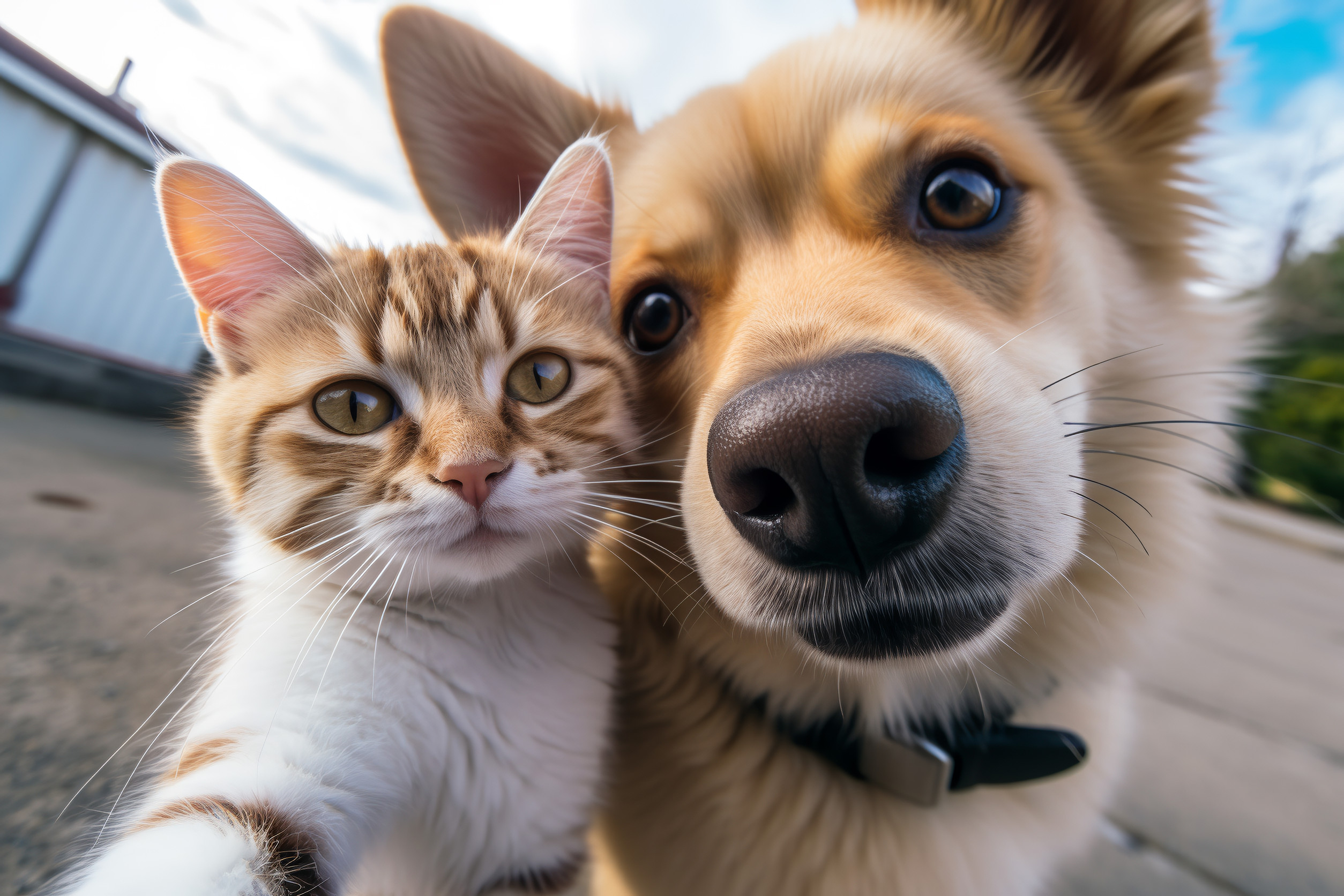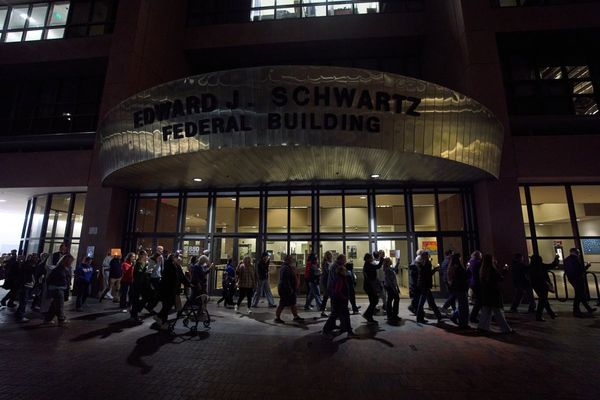
For many families, pets are more than animals—they’re part of the household. Yet as prices rise across the board, the cost of raising pets has begun climbing at an alarming pace. From food and vet visits to grooming and insurance, the financial responsibilities of pet ownership often rival those of raising a child. While inflation already strains budgets, pet-related expenses are increasing even faster in certain areas. This raises the question: could the cost of raising pets actually outpace inflation itself, leaving owners with tough financial choices?
1. Rising Veterinary Bills
One of the most dramatic increases in the cost of raising pets is found at the veterinarian’s office. Routine visits, vaccinations, and emergency care have all become more expensive in recent years. Advanced treatments, such as MRIs or surgeries, can run into the thousands, putting families in difficult situations. With fewer vets entering the workforce in some regions, demand often pushes prices even higher. For many owners, healthcare for pets now mirrors the rising costs of human medical care.
2. Premium Food Prices
Pet food manufacturers have leaned heavily into “premium” options, with grain-free, organic, and breed-specific formulas dominating shelves. While these foods may offer health benefits, they also come at a steep price compared to standard brands. Inflation in global supply chains, particularly for meat and grains, has made even basic options more expensive. A family with multiple pets can spend hundreds more annually just to keep up with rising food costs. For many households, the cost of raising pets through their diet alone becomes a growing financial challenge.
3. Grooming and Maintenance Costs
Regular grooming is essential for many breeds, but prices for these services have been steadily climbing. What used to be a $40 trip to the groomer can now cost $85 or more, depending on the pet’s size and needs. Add in nail trims, flea treatments, and other upkeep, and the yearly expenses become significant. As labor costs rise, grooming services often increase prices faster than general inflation. Over time, maintenance becomes one of the less visible but steadily growing costs of raising pets.
4. Pet Insurance and Financial Protection
Many families turn to pet insurance as a way to manage unexpected costs. However, premiums themselves have risen in response to higher veterinary bills. Insurance that once seemed affordable may no longer fit comfortably into a monthly budget. Deductibles and exclusions also leave owners with more out-of-pocket expenses than anticipated. While insurance can provide peace of mind, it’s another factor pushing the overall cost of raising pets upward.
5. Housing Restrictions and Fees
Pet ownership can also affect housing expenses. Many rental properties now charge pet deposits, monthly fees, or even higher rent to allow animals. These costs add up quickly, especially for families with multiple pets. Homeowners may face added expenses too, such as fencing, flooring replacements, or homeowners’ insurance adjustments. Housing-related costs tied to animals are another way the cost of raising pets grows beyond simple day-to-day needs.
6. Supply and Demand for Specialty Products
The pet industry has grown into a multibillion-dollar market, with constant innovations in toys, accessories, and specialized products. From smart feeders to orthopedic beds, owners are offered endless ways to “improve” their pets’ lives. While many of these products are optional, the pressure to provide the best often leads families to spend more than they intended. Supply shortages and marketing trends push prices higher as demand rises. This consumer-driven cycle adds to the question of whether the cost of raising pets could surpass traditional inflation.
7. Emergency Preparedness and Unexpected Expenses
No matter how carefully families budget, unexpected events can blow financial plans apart. Emergency surgeries, chronic illnesses, or behavioral training often cost thousands of dollars. Since these costs are unpredictable, they create some of the greatest financial stress for pet owners. Inflation only compounds the issue, as everything from medications to boarding rates rise at the same time. Without savings or insurance, these emergencies highlight the steep and often hidden cost of raising pets.
8. Long Lifespans and Lifetime Costs
As veterinary medicine improves, pets are living longer than ever before. While this is a wonderful development, it also means owners face years of additional expenses. Senior pets often require more frequent care, special diets, and medications. These long-term costs add up quickly and often outpace general inflation. Families must prepare for the reality that the cost of raising pets extends for more than a decade, with prices likely to climb along the way.
A Reality Check for Pet Ownership Costs
Loving a pet is priceless, but the financial reality can’t be ignored. The cost of raising pets is rising at a rate that sometimes outpaces inflation itself, leaving families caught between their budgets and their devotion. Planning ahead, shopping smart, and considering insurance or savings strategies can make these expenses more manageable. Owning a pet remains rewarding, but it’s also a financial responsibility that requires ongoing attention. By preparing for the rising costs, families can focus on the joy of pet ownership rather than the stress of unexpected bills.
Do you think the cost of raising pets will continue to outpace inflation, or will the industry stabilize? Share your thoughts in the comments.
What to Read Next…
What Happens When Inflation Creeps Into Everyday Purchases
Are Retirement Income Calculators Overestimating Inflation Impact?
7 Things That Quietly Bankrupt the Middle Class
Could Too Much Cash in the Bank Actually Hurt Your Financial Future
10 Tactics for Building an Emergency Fund from Scratch
The post Could the Cost of Raising Pets Outpace Inflation Itself appeared first on The Free Financial Advisor.







